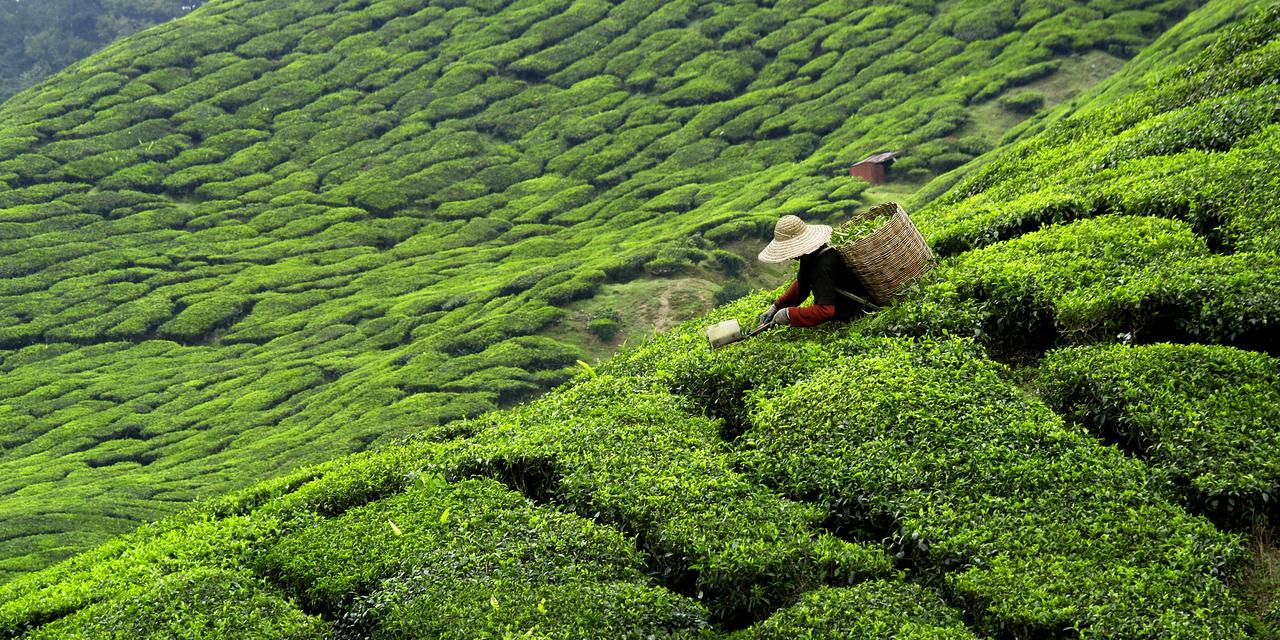
Due to the climate crisis, tea-growing areas could shrink by 55% by 2050, especially in East Africa, according to Aysegul Selisik, deputy representative of the Food and Agriculture Organization (FAO) of the United Nations in Türkiye. To highlight tea's historical, cultural, and economic importance, the United Nations designated May 21 as International Tea Day in 2019.
According to data from the FAO, global tea consumption increased by an annual rate of 3.3% between 2012 and 2022, reaching 6.5 million tons. Of this total, 3 million tons were consumed by China. India, the second-largest consumer, held a share of approximately 18% in 2022 with 1.16 million tons, followed by Türkiye with 250,000 tons, Pakistan with 247,000 tons and Russia with 132,000 tons. In per capita tea consumption, Türkiye ranks first. According to data from the online statistics portal Statista, Türkiye leads with an annual per capita consumption of 3.16 kilograms, followed by Ireland with 2.19 kilograms, the United Kingdom with 1.94 kilograms, Iran with 1.5 kilograms, and Russia with 1.38 kilograms."The most pressing issue is the climate crisis."
Selisik noted that tea cultivation around the world generally takes place between 0 and 20 degrees north and south latitude, and that it can also be grown in microclimate areas outside these zones. She said, "Regions with abundant rainfall and warm climates are considered ideal for tea. However, for successful production, the average annual temperature should not fall below 14 degrees Celsius, rainfall should not be less than 2,000 millimeters, and precipitation should be evenly distributed throughout the year. Humidity must be at least 70% for tea cultivation. The temperature in tea-growing areas should not drop below 0 degrees Celsius—in fact, it should stay above 5 degrees Celsius. The upper limit is defined as between 30 to 40 degrees Celsius."
“Producers are struggling both with fluctuations in the growing conditions of tea and with the uncertainty surrounding the future of tea-growing regions. Especially in East Africa, projections indicate that tea-growing areas could shrink by 55% by 2050. In Northeast India, which accounts for 17% of global tea production, large-scale climate modeling suggests a potential 40% decline in tea production by 2050,” she said.
Selisik also reported that due to decreasing humidity levels, drought, and extreme weather events, changes have been observed in the quality and flavor of China’s traditional tea products. She warned that since the early 20th century, 75% of genetic diversity in agricultural products has been lost due to climate change and drought, and if no measures are taken, crop yields could decrease by 10% to 25% due to drought.